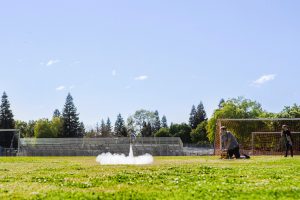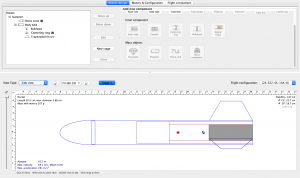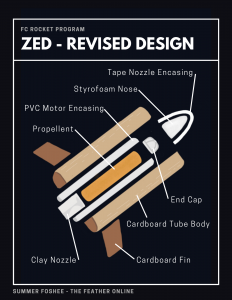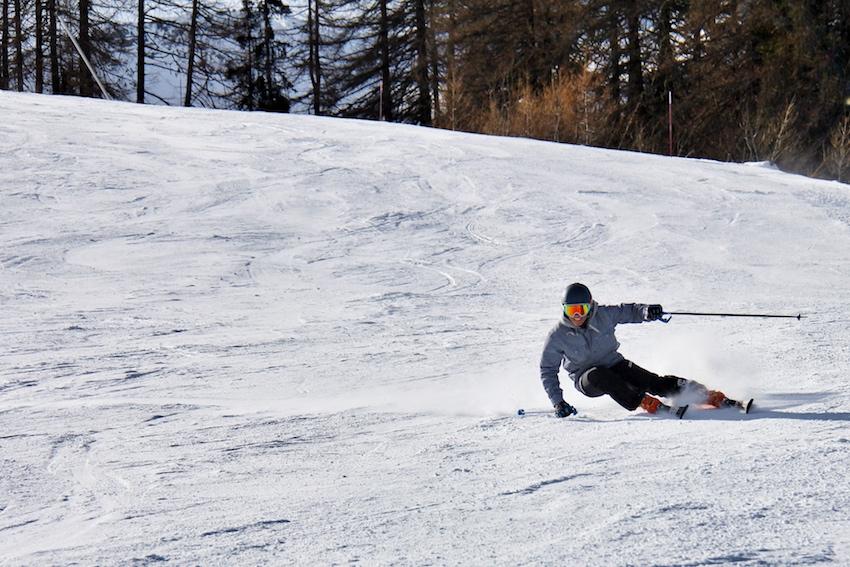In their series on amateur rocketry, Andrew Rieker and Bryce Foshee share the process behind designing and making homemade and model rockets. After two failed launch attempts, one of their homemade rockets finally left the launch pad. The following launch report shows what went into the first flight of a completely made-from-scratch rocket.
Overview

The Zed II mission was the second launch of the Zed rocket and the third flight test to date. The rocket is powered by an E-class equivalent sugar/potassium nitrate motor with 53 grams of propellant. While the motor functioned as hoped, the rocket suffered from serious aerodynamic instability. The launch occurred on April 7, 2020.
Objectives
The goal of the Zed II launch was to achieve stable flight for the duration of the burn. A secondary goal was to find if the new bulkhead and nozzle casing reinforcements withstood flight pressures.
Rocket Description
Rocket Body:
Zed II is one foot long, 1.5 inches in diameter, and 211 grams fully-loaded. The aeroframe is made from .07in thick cardboard tube, with a density of .8g/cm3. The nose cone is blunt-edged, made from foam wrapped in tape. A foam/tape internal bulkhead acts as the motor stop.

Zed II has three trapezoidal fins, with a base length of 2.7in, a tip length of 1.3in and a height of 1.2in. The fin sweep angle is approximately the same for the leading and trailing edge. Fins are made from .07in thick cardboard. The rocket has a launch lug made from a plastic straw down most of the frame.
Motor:
The motor powering Zed II is designated Motor 1.2. It is made from PVC and a polymer clay nozzle. Empty weight is 89g, fully loaded 142g. Performance from a static test fire indicates 26 newton*seconds of total impulse, burn time of 1.5 seconds, 2.23kp peak thrust. Actual performance may be higher due to slow buildup of test motor.
Payload and recovery:
No payload or recovery equipment installed on Zed II, though the rocket has an empty section 2.75in long for future equipment, possibly a camera.
Launch
The launch took place on a soccer field, under mostly clear skies and under 10mph winds. Jakob Rieker operated a theodolite placed 65 feet away. After a failed ignition, possibly due to a faulty ignitor or a short caused by touching alligator clips, the ignitor was replaced. Ignition occurred about 1 second after charging.
Zed II followed a straight path off the launch rail until about 20 feet into flight. The rocket then spun end over end until its apogee, at 90 feet as measured by Jakob. Total burn time was 2 seconds. Rocket survived impact with the ground with no visible damage or burning.
Andrew Rieker recorded the following video of the launch.
Conclusions

Zed II’s altitude was limited by severe aerodynamic instability. After inspecting the nozzle and launch pad video, this does not seem to be caused by erratic burning of the motor. Rather, it appears the rocket was designed inherently unstable. Post-flight simulations using Open Rocket show that the center of aerodynamic pressure was significantly forward of the center of gravity.
Because the Zed rocket lacks a payload, and the motor is the heaviest component, it would be difficult to raise the center of gravity without adding weight. However, simulations reveal adding an additional fin, moving the fins further down, and increasing the fin height would drop the center of pressure and raise the stability margin.
While Zed II did not achieve its goal of stable flight for the duration of the burn, it did validate the performance of Motor 1.2. Upgrading the fin set should fix the instability issues.
To see a flight in person, contact Bryce Foshee or Andrew Rieker, or check out the online launch schedule. Read more about Rieker and Foshee rocketry endeavors on their website.
For more blogs, read BLOG: Amatuer rocketry from home and Open Air Adventures, No. 4, 2020- Safety First.
Bryce Foshee can be reached via Twitter and via email.








Brooke Stobbe • Apr 18, 2020 at 10:29 am
What a fun project! I love it, thanks for sharing!